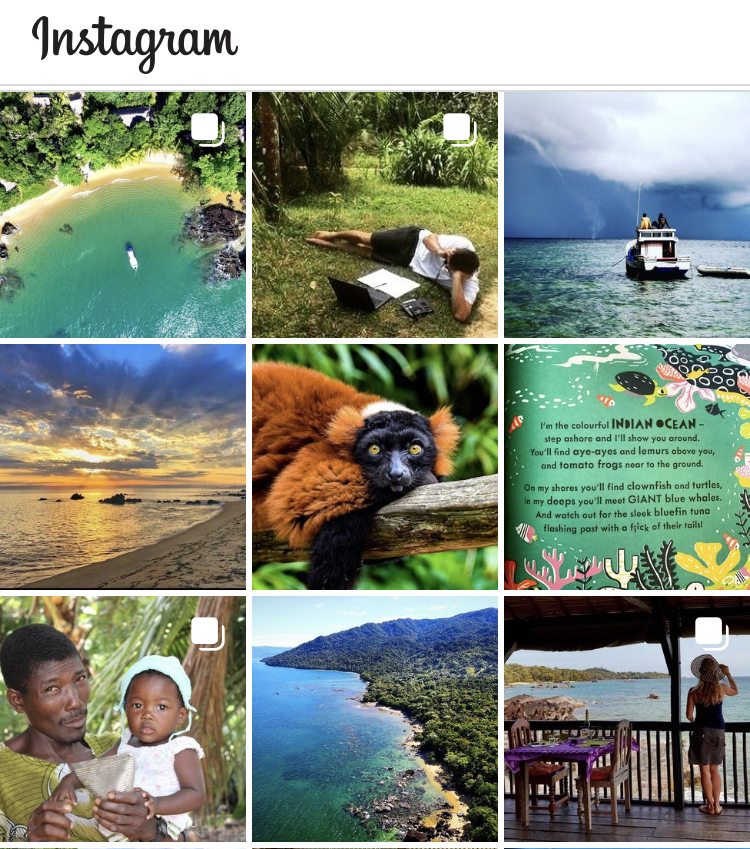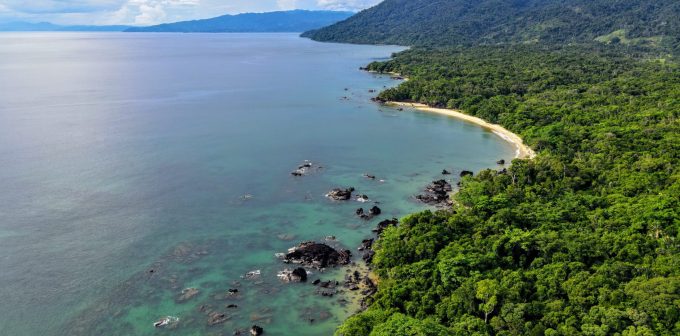
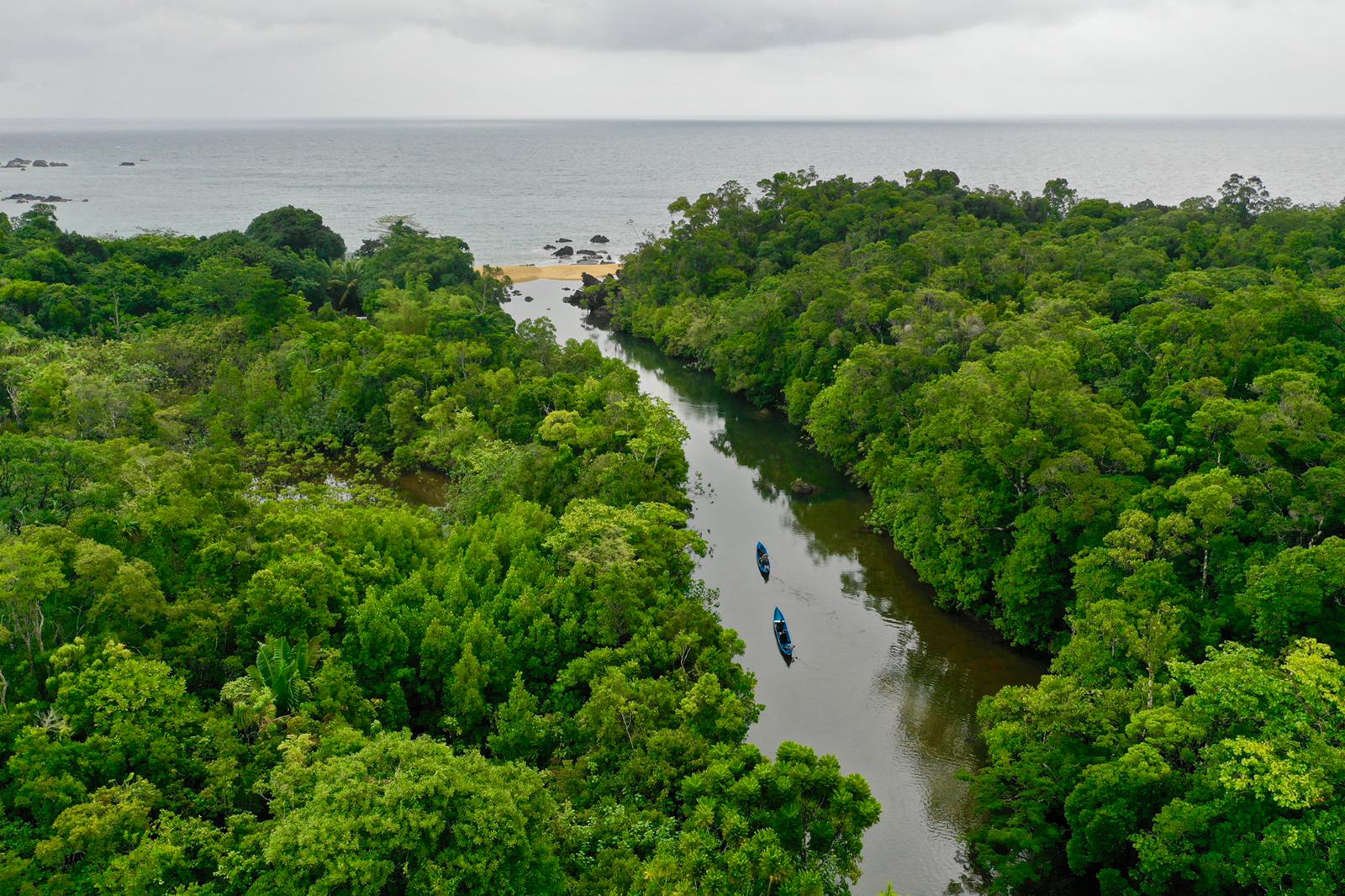 Masoala Forest Lodge Rainforest Reserve
Masoala Forest Lodge Rainforest Reserve
Over the last 12 months we have more than doubled the area of rainforest we protect in our private reserve from 40 to 85 hectares.
The last few years have seen more and more attention being paid around the world to climate change and the need to conserve the remaining forests and other natural areas of the planet. This is something that we’ve been committed to at Masoala Forest Lodge since we came to live in this remote community.
What’s the big idea?
Basically, we try to use environmentally sustainable tourism to benefit both the local community and the ecosystem. At Masoala this means the community of Ambodiforaha and the lowland and coastal rainforest and its inhabitants that is unique to this part of Madagascar. As a result, together with our community neighbours we have managed to set aside a portion of land that is reserved for nature. Here there is no clearing of forest for rice fields, no cultivation of cloves, no illegal logging of rare hardwoods and no disturbance of the wildlife. Here we strive to keep the land in its natural state. We want to protect the forest and make sure the species that live in it can survive and reproduce. This might sound simple, but of course it needs a hands-on plan.

What are the biodiversity treasures?
There are hundreds of species in the coastal forest here. The lemurs steal the limelight of course and some of our favourites are the vibrant red-ruffed lemur, the social white-fronted brown lemur, and even the rarely seen aye-aye that we are lucky enough to have in ‘our’ forest. Even the lemurs don’t overshadow the lowland streaked tenrec though … this bizarre shrew-like mammal protects itself with spines like a hedgehog. The birds are colourful and melodious and it seems there are even more species of frogs. Chameleons and other reptiles are no less interesting and that’s not even starting on the insects! This part of Madagascar is also celebrated for its diversity of palm species and walks through the forest yield other strange looking plants and trees like the buttressed roots of the Uapaca and Pandanus trees, and then far above the ground the canopies of Canarium and other species.
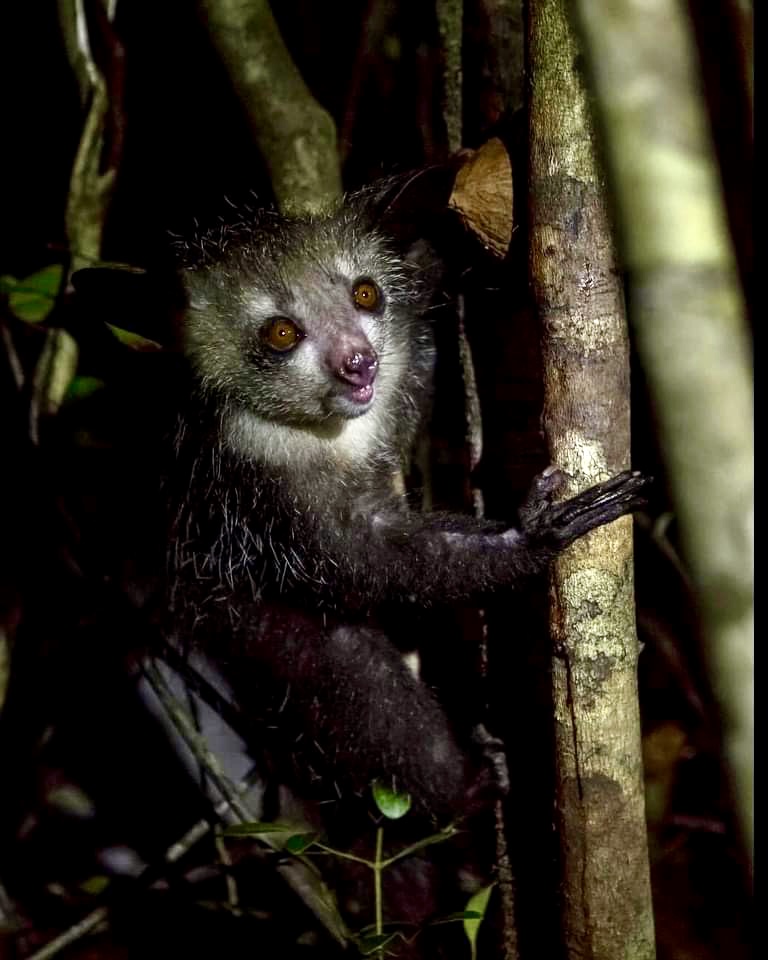
How our guests benefit from the private reserve:
Aside from the benefits to nature and the local ecosystem, our guests also get to enjoy the reserve and its wildlife. A huge plus is that we are able to do night walks here (night walks are currently not permitted in Madagascar’s national parks). Madagascar’s nocturnal wildlife is spectacular, and with 6 of the 9 species of lemur in the area being strictly nocturnal, and it would be a shame to miss dipping into this world during a visit. Our goal has always been to maximize the experience of our guests which definitely also includes getting to know the jungle by night. Over the years we have laid out numerous trails through the reserve which give plenty of options for a walk with different lengths and highlights. Some go deep into the forest; some pass the beach for clear star views and another crosses a river.
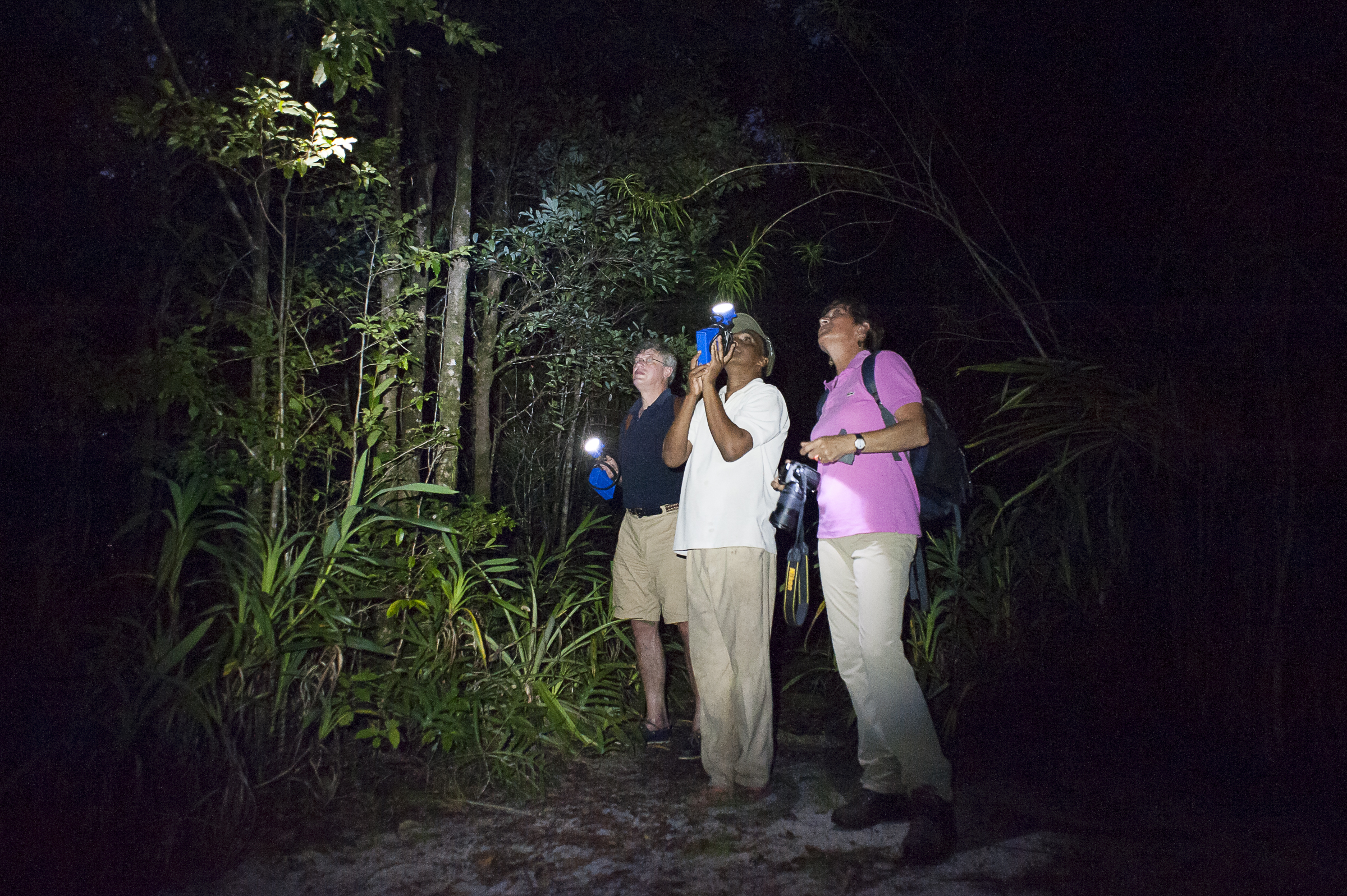
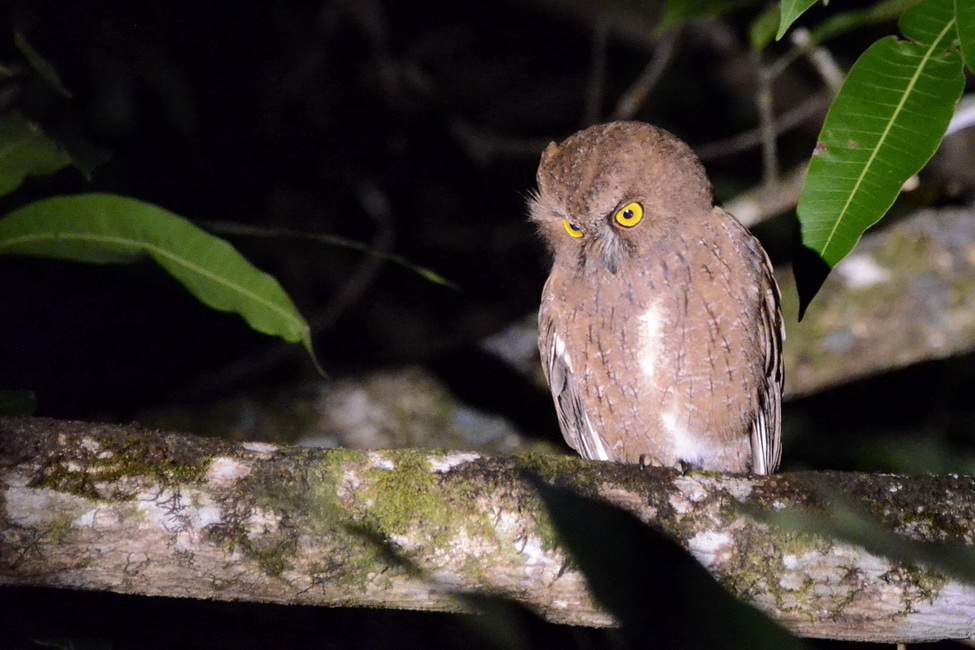
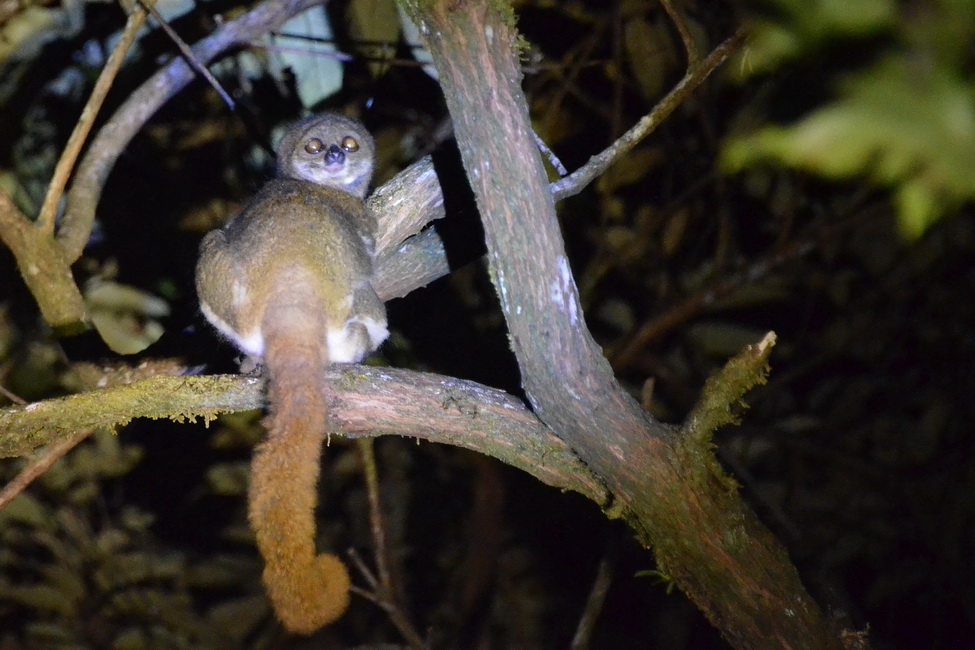
How do we protect and restore the reserve?
During the pandemic we started to train forest rangers. Every day the team choose a different route to patrol and file a report on the state of the forest. We have also started an indigenous tree nursery to replant old rice paddies that had been deforested in the past. It is a project that we are looking forward to share with our guests and visitors will be able to get involved in planting and helping in the nursery.
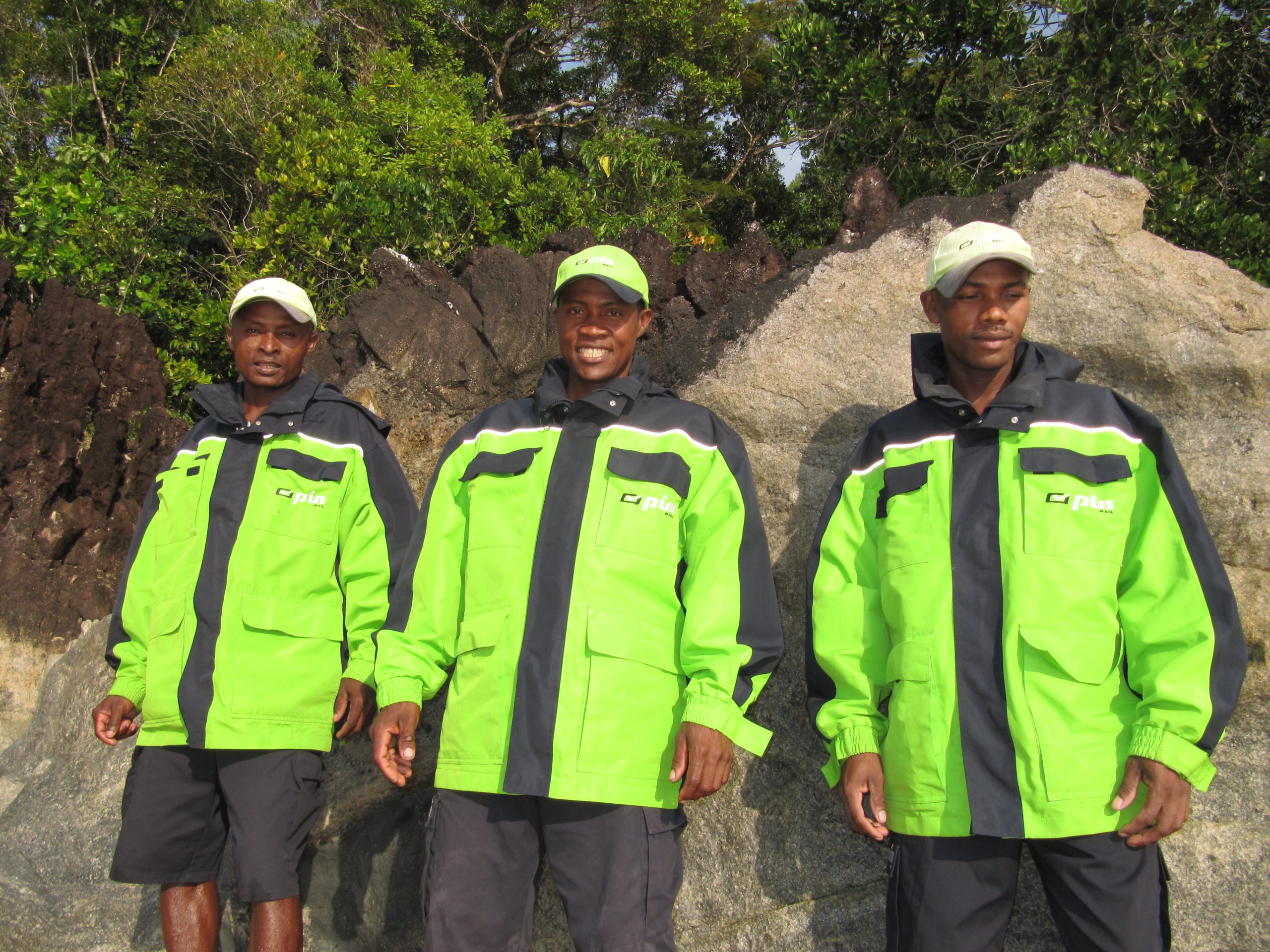
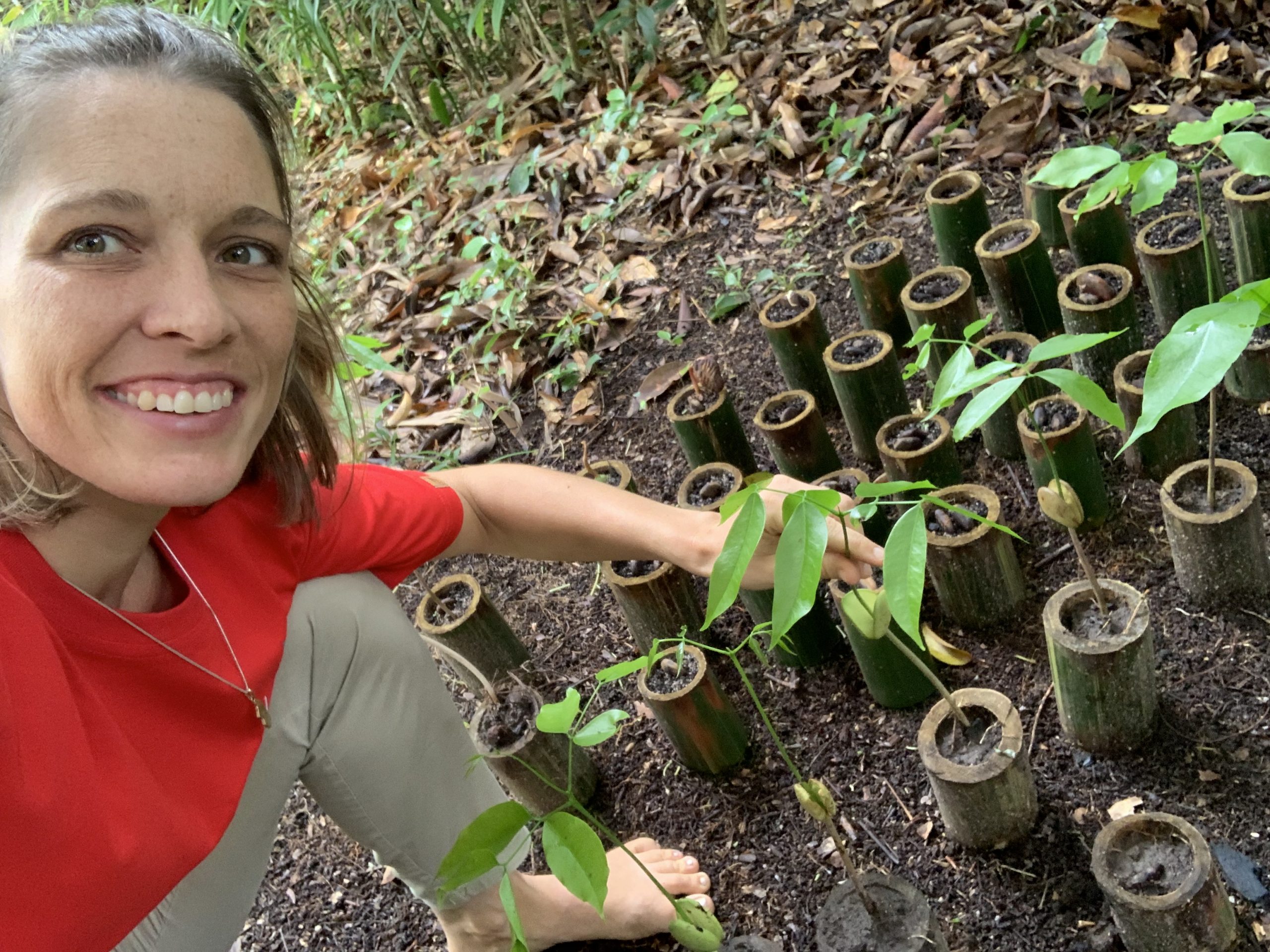
Keep following our channels for updates on the private reserve and nursery.
Instagram
Facebook
Send us a message through our website (bottom right corner of this page)
if you would like to be added to our newsletter that goes out every couple of weeks with updates on our projects.
